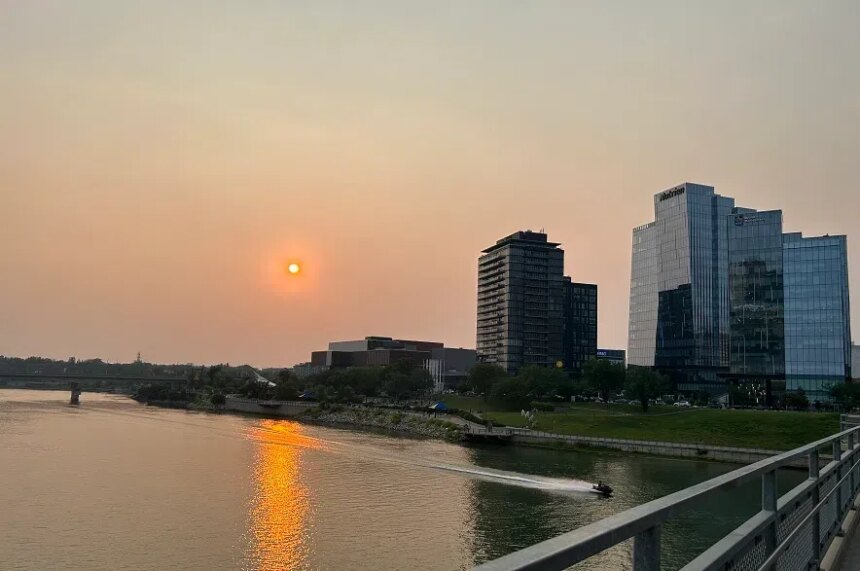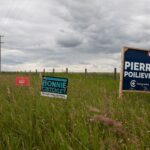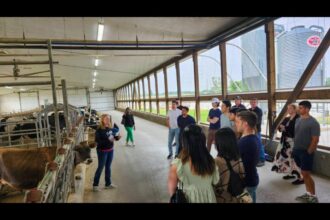As dense plumes of wildfire smoke blanket Saskatchewan communities this summer, health officials are raising urgent concerns about both immediate and long-term impacts on public health. The characteristic grey haze and acrid scent have become unwelcome fixtures across the province, transforming routine outdoor activities into potential health hazards for vulnerable populations.
“What we’re witnessing isn’t simply an inconvenience—it’s a significant public health challenge,” explains Dr. Melissa Winters, respiratory specialist at Regina General Hospital. “The microscopic particles in wildfire smoke can penetrate deep into the lungs and even enter the bloodstream, triggering a cascade of health issues that many residents don’t fully appreciate.”
Air quality readings across Saskatchewan have repeatedly surged into “high risk” territory this season, with several communities experiencing prolonged exposure to particulate matter concentrations more than ten times normal levels. According to Environment Canada data, Regina has already recorded 23 days of poor air quality this summer—nearly triple the seasonal average over the past decade.
For vulnerable populations, including the elderly, children, pregnant women, and those with pre-existing heart or lung conditions, these smoke events represent a particularly serious threat. Saskatchewan Health Authority reports a 34% increase in emergency room visits for respiratory complaints during peak smoke periods, with asthma-related admissions showing the sharpest rise.
“The immediate symptoms—burning eyes, scratchy throat, persistent cough—are merely the visible warning signs,” notes Dr. Winters. “The invisible danger lies in the ultrafine particles that can trigger inflammation throughout the body, potentially exacerbating chronic conditions like COPD, asthma, and even cardiovascular disease.”
Provincial health authorities have issued comprehensive guidelines for residents, emphasizing the importance of creating clean air spaces within homes. Recommended measures include using HEPA air purifiers, sealing windows and doors, and replacing furnace filters more frequently during smoke events. For those without air conditioning, community cooling centers equipped with air filtration systems have been established in several municipalities across Saskatchewan.
The cumulative effects of repeated smoke exposure are drawing increasing attention from researchers. A University of Saskatchewan study launched last year is tracking the long-term respiratory outcomes among residents in heavily affected northern communities, where wildfire frequency has increased by approximately 40% since 2000.
“We’re particularly concerned about northern Indigenous communities where evacuation options may be limited and indoor air quality is sometimes compromised by older housing infrastructure,” explains study lead Dr. James Morrison. “Our preliminary data suggests repeated seasonal exposure may contribute to accelerated lung function decline, especially among children whose respiratory systems are still developing.”
Climate projections indicate Saskatchewan’s wildfire challenges will likely intensify in coming decades. Provincial modeling suggests a potential 50% increase in annual burn area by 2050 if current climate trends continue, pointing to the need for more robust public health responses.
Health officials emphasize that personal protection strategies remain essential. N95 masks—not cloth or surgical alternatives—provide effective filtration against smoke particles when outdoor exposure is unavoidable. Additionally, monitoring air quality through provincial alert systems and planning indoor activities during high-risk periods can significantly reduce exposure.
As Saskatchewan navigates this growing environmental health challenge, the question facing communities extends beyond immediate precautions: How will our healthcare systems adapt to the reality of longer, more intense wildfire seasons becoming the new normal in our changing climate?


















